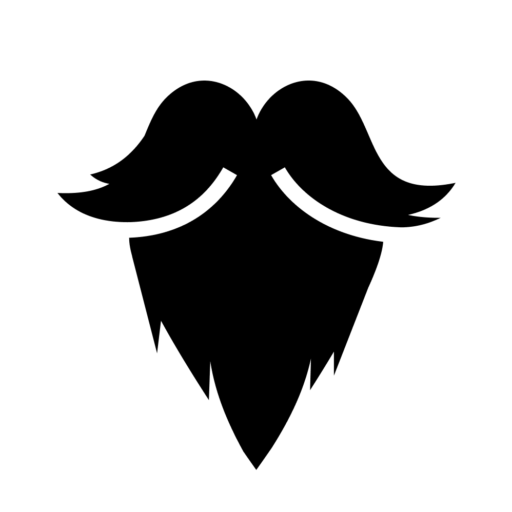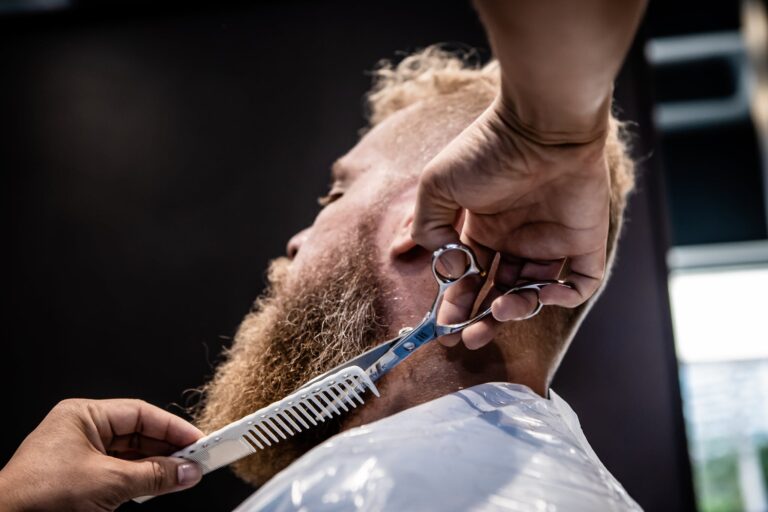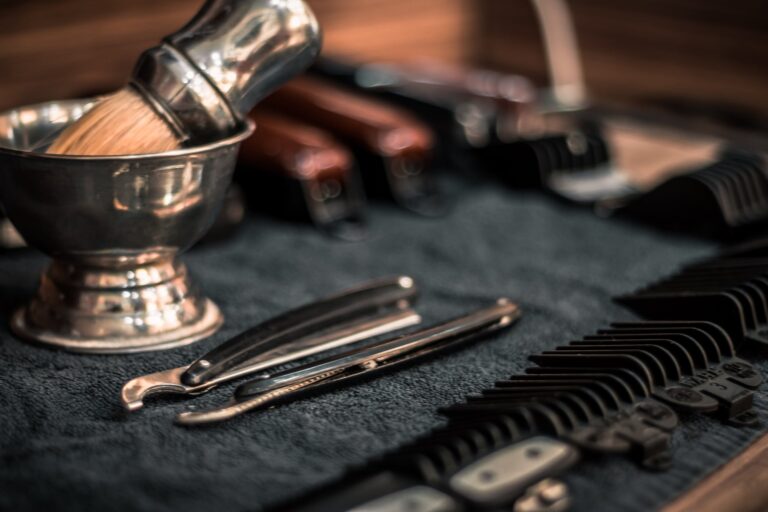Are you tired of a scruffy, dry, and unruly beard? Ever wondered how some guys manage to keep their facial hair looking sleek and well-groomed? The secret might just be beard oil. But here’s the kicker – you don’t have to break the bank to get that luxurious beard care. In this article, we’ll walk you through the simple and cost-effective process of making your own DIY Beard Oil. By the end, you’ll be well on your way to a healthier, more attractive beard that’s the envy of your friends.
Why Beard Oil?
Before we dive into the DIY beard oil making process, let’s talk about why you should consider using beard oil in the first place.
- Moisturizes and Hydrates: Just like the hair on your head, your beard needs moisture. Beard oil is an excellent way to prevent dryness and itchiness, keeping your skin and beard well-hydrated.
- Prevents Beardruff: If you’ve ever experienced beard dandruff, you know it’s not fun. Beard oil can help eliminate this issue by nourishing the skin beneath your beard.
- Softens and Tames: Beard oil helps to soften coarse facial hair, making it more manageable and less prickly. It also adds a subtle sheen for a well-groomed look.
- Promotes Growth: While beard oil alone won’t make your beard grow faster, it does support a healthy environment for your hair to thrive.
- Aromatherapy: Many beard oils include essential oils that can provide therapeutic benefits and an enjoyable fragrance.
Now that you’re sold on the idea of using beard oil, let’s get to the fun part – making your own!
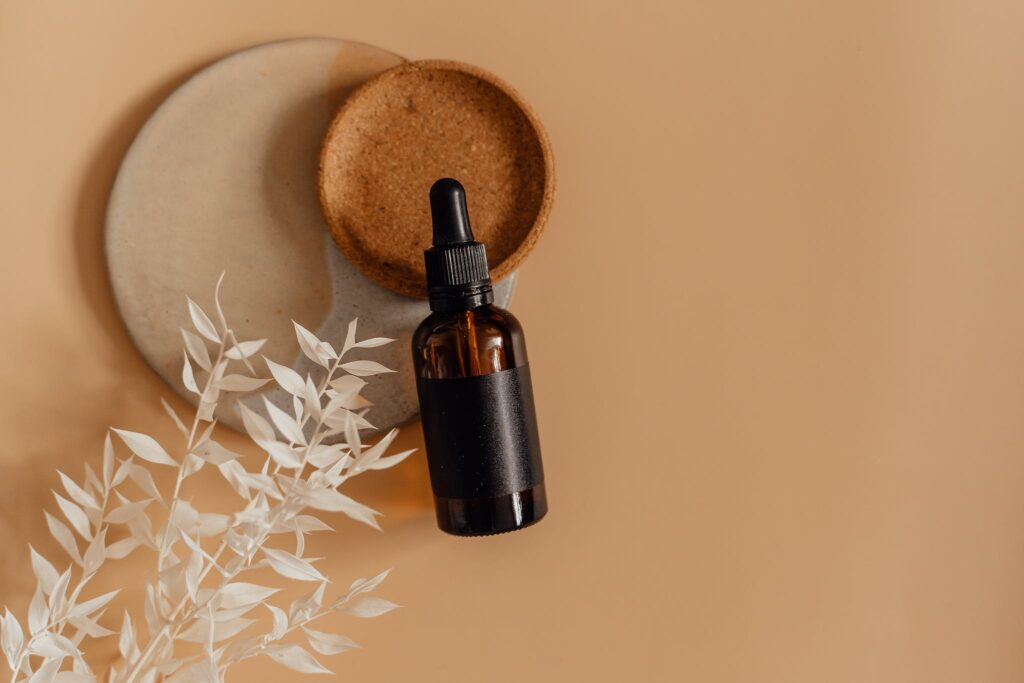
Ingredients You’ll Need
To create your DIY beard oil, you’ll need a few essential ingredients. The great thing is, most of these items can be found in local stores or online, and you might even have some of them in your pantry.
- Carrier Oil: This is the base of your beard oil and is responsible for carrying the other ingredients. Common carrier oils include jojoba oil, sweet almond oil, and argan oil. These oils are packed with nutrients that promote healthy beard growth and keep the hair and skin well-hydrated.
- Essential Oils: Essential oils are the secret behind the pleasant scent and additional benefits of your beard oil. Some popular choices include lavender, cedarwood, sandalwood, and tea tree. Each essential oil has unique properties, such as promoting relaxation, stimulating hair growth, or offering antibacterial benefits.
- A Dark Glass Bottle: To store your beard oil, you’ll need a dark glass bottle. Amber or blue bottles are commonly used because they help protect the oil from light, which can cause it to degrade over time.
- Measuring Cups or Pipettes: These are essential for measuring your ingredients accurately. Precision matters when making beard oil, so don’t skip this step.
- A Funnel: A funnel will help you pour your ingredients into the bottle without making a mess.
- Labels: It’s crucial to label your DIY beard oil so you can remember the ingredients and any specific instructions for use. Plus, it makes for a great personal touch if you’re giving it as a gift!
Choosing Your Ingredients
Selecting the right carrier oil and essential oils is key to creating the perfect beard oil for your specific needs. Here’s a brief rundown of some popular options:
Carrier Oils:
- Jojoba Oil: Great for all skin types, jojoba oil closely resembles the natural oils your skin produces. It’s non-greasy and is easily absorbed, making it a popular choice for beard oils.
- Sweet Almond Oil: Ideal for dry or sensitive skin, sweet almond oil is moisturizing and rich in vitamins.
- Argan Oil: Known as “liquid gold” in the beauty world, argan oil is a fantastic choice for dry, damaged, or frizzy beards.
- Grapeseed Oil: A lightweight oil that’s perfect for oily skin types. It’s also high in antioxidants and vitamins.
Essential Oils:
- Lavender: Known for its calming and soothing properties, lavender essential oil can help relieve stress and promote relaxation.
- Cedarwood: Cedarwood has a woodsy, masculine scent and may help promote hair growth by improving circulation to the hair follicles.
- Tea Tree: With its antifungal and antibacterial properties, tea tree oil can help combat beardruff and acne.
- Sandalwood: Sandalwood is prized for its exotic, warm fragrance and can also help soothe and moisturize the skin.
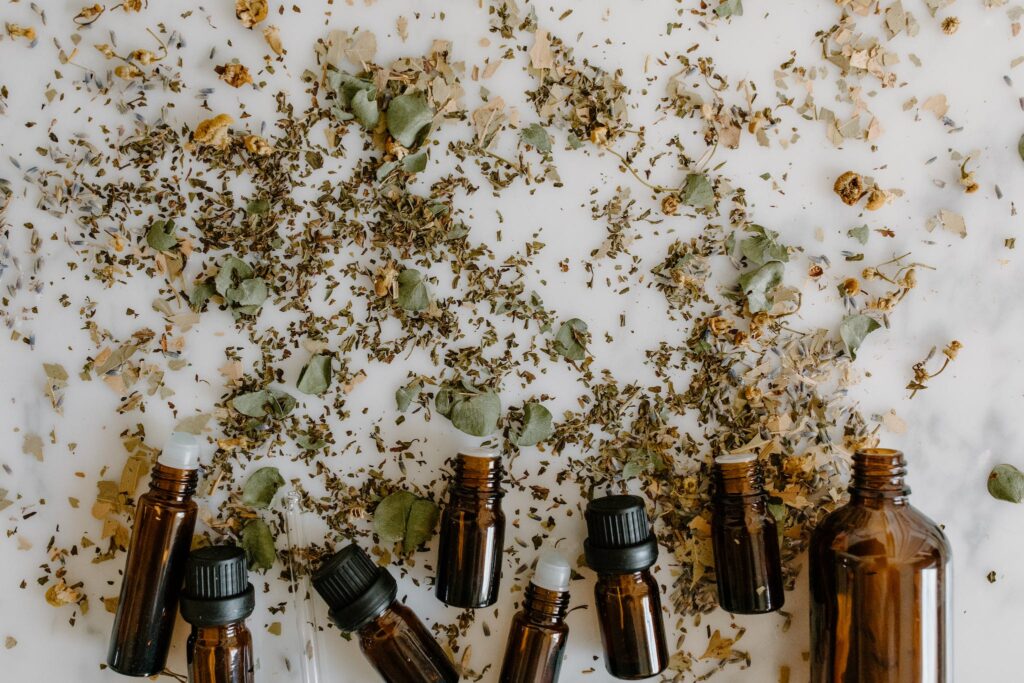
The Recipe
Now that you’ve chosen your carrier and essential oils, it’s time to mix up your own beard oil. Here’s a basic recipe to get you started:
Ingredients:
- 2 tablespoons of carrier oil (e.g., jojoba, sweet almond, or argan)
- 10-15 drops of your chosen essential oil (e.g., lavender, cedarwood, tea tree, or sandalwood)
Instructions:
- Use a funnel to pour the carrier oil into your dark glass bottle. You can adjust the amount based on the size of your bottle, but a 2-ounce (60 ml) bottle is a common choice.
- Add 10-15 drops of your selected essential oil(s) to the carrier oil. Start with a lower number of drops if you prefer a milder scent, and adjust to your preference.
- Cap the bottle and give it a good shake to mix the oils thoroughly.
- Label your bottle with the ingredients, date of creation, and any other notes.
How to Use Your Beard Oil

Using your DIY beard oil is a breeze:
- Wash and Dry Your Beard: Before applying the oil, make sure your beard is clean and dry. You can use a mild beard shampoo or regular shampoo to clean it. Pat your beard dry with a towel – don’t rub, as this can damage the hair.
- Apply the Oil: Take a few drops of your beard oil into your palm, rub your hands together to warm the oil, and then work it through your beard and onto your skin. Start at the base of your beard and move upward, ensuring the oil reaches your skin.
- Comb or Brush: Use a beard comb or brush to evenly distribute the oil and detangle your beard.
- Style as Desired: Now, you can style your beard as you like. Whether you’re going for a wild and rugged look or a more refined appearance, the oil will help you achieve it.
Frequency of Use: You can apply your DIY beard oil once a day, preferably in the morning, to keep your beard looking its best.
Storage Tips: Store your beard oil in a cool, dark place to extend its shelf life. Most beard oils are good for 6-12 months. Check the carrier oil’s shelf life to be sure.
Customizing Your Beard Oil
The best part about making your own beard oil is the ability to customize it to your liking. Experiment with different carrier oils, essential oils, and their quantities to create a beard oil that suits your unique needs. Whether you’re looking for a relaxing
